- Details
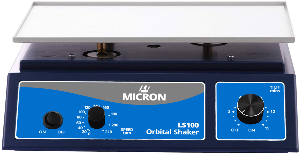 The MICRON LS100 is a customized medical-grade rotational lab shaker used in 3d printing to:
The MICRON LS100 is a customized medical-grade rotational lab shaker used in 3d printing to:
- Wash printed parts in an alcohol bath
- Mix resins prior to use
For biocompatible resins, it is important that you wash in two baths, one in a "dirty" bath that may have been used with other resins, and a second wash in a clean bath that has ONLY been used with a prescribed resin. Follow the resin manufacturer's specifications for washing. Underwashing or overwashing can lead to improperly cured or sized final prints and loss of detail.
The LS100 sells for $180 + $20 S&H. A complete mix/wash starter kit is also available for $290 + $35 ($350 value):
- (1) LS100 Rotational Lab Shaker
- (2) Large IPA Wash Boxes (9x6.5x6.5")
- (2) Medium IPA Wash Boxes (8x5x5")
- (6) Quarts of 91% alcohol
- (12) OSHA Chemical GHS Labels for IPA
- (1) Folding Print Removal Blade
- (1) IPA Tool Kit including Tongs, Rubber Mat, Tool pen, and more
For our wash boxes, we use special kimchee containers imported from Korea because they have been proven to keep to have chemical-resistant seals and because they are air- and liquid-tight, keeping the alcohol smell to a minimum.
Specifications:
- Workin Area - 14 x 14 x 11"
- Platform Size - 12 x 8.5"
- Radial Movement - 1"
- Rotational Speed - 0 to 200 RPM
- Shutoff / Ring Timer - On, Off, 3 - 15 mins
- Details
Some years back, our founders moved from California to Phoenix Arizona, and several people have asked "Why Phoenix." Well the answer is complex, but below are some interesting developments that may explain our thinking.
In February 2018, the Phoenix Business Journal reported that "3D printing will soon create greater demand for industrial production/creation space providing on demand service throughout the region." The magazine also cited the backed up ports in Los Angeles, and suggested that new self-driving trucks are the solution, "which will compress the drayage (shipping) cost between the L.A. ports and Phoenix making our region effectively closer to everything." Basically, Phoenix is already akin in the Southwest to what Atlanta is in the Southeast. Miami is the biggest port in the Southeast, but Atlanta is where the warehousing and distribution centers are. The problem with Atlanta is that it doesn't have space to grow like Phoenix, and the freeways there are jammed.
- Details
We received this tip video from the Seattle Study Club in their Sep 2017 email:
The only thing we would like to add is that not all surgical guide materials are created equal. Because of the temporary nature of a surgical guide, a lab can pretty much choose to use any clear or semi-clear biocompatible fda listed resin. However, some cured resins tend to slowly disolve while exposed to isopropyl alcohol, so an IPA bath for 15 minutes in an ultrasonic cleaner could impact the dimensional stability of the guide, again depending on the material used.
Micron SG resins are resistant to disinfectants and can also be sterilised using gamma rays and autoclave. The use of an autoclave does not affect the dimensional stability so Micron surgical guides can be used in every operating theatre.
- Details
In China earlier this year, the local city FDA authorities in Lacey City raided something they called a "Black Den" or "Denture Den" (alluding to opium dens) and a member of the local press, called by a neighbor, was onhand to snap some photos.
http://www.microndental.com/blog/#sigProIdfc176d408c
The neighbors reported no activity in the lab during the week, so it appears to be a moonlighting lab, possibly for technicians who work a full-time job elsewhere.
Full story here: http://www.kq133.com/A/103904 (in Mandarin)
- Details
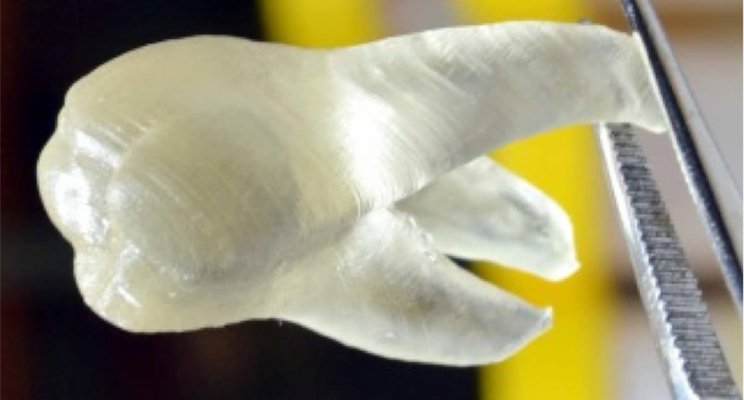
Andreas Herrmann of the University of Groningen in the Netherlands and his colleagues have developed an antimicrobial plastic, allowing them to 3D print teeth that also kill bacteria. It’s an important issue, say the team, because bacterial damage to existing implants costs patients millions of dollars in the US alone.
The team embedded antimicrobial quaternary ammonium salts inside existing dental resin polymers. The salts are positively charged and so disrupt the negatively charged bacterial membranes, causing them to burst and die. “The material can kill bacteria on contact, but on the other hand it’s not harmful to human cells,” says Hermann.
Source: https://www.newscientist.com/article/dn28353-3d-printed-teeth-to-keep-your-mouth-free-of-bacteria/
- Details
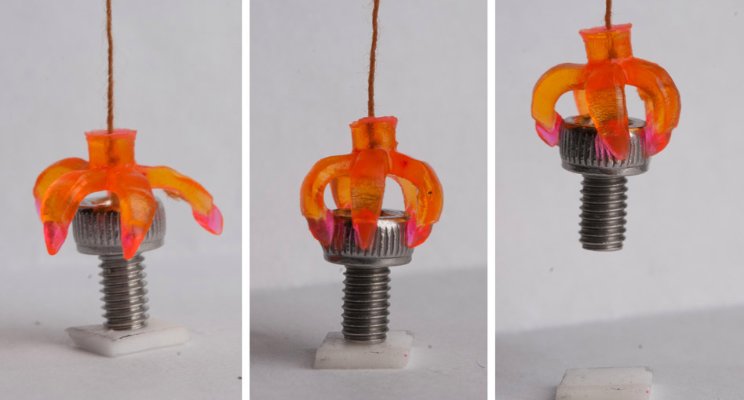
Interesting 4d printing research from MIT last month. What do you think about the idea of using shape-shifting "4D printed" polymers in orthodontic aligners? Basically, the idea is that your print a next step aligner (or even the final aligner/retainer), then deform it to the current model and allow the heat in the mouth to slowly transform the aligner, reducing the number of steps needed in orthodontic alignment procedures.
Source: http://news.mit.edu/2016/3-d-printed-structures-remember-shapes-drug-delivery-solar-panel-0826
- Details
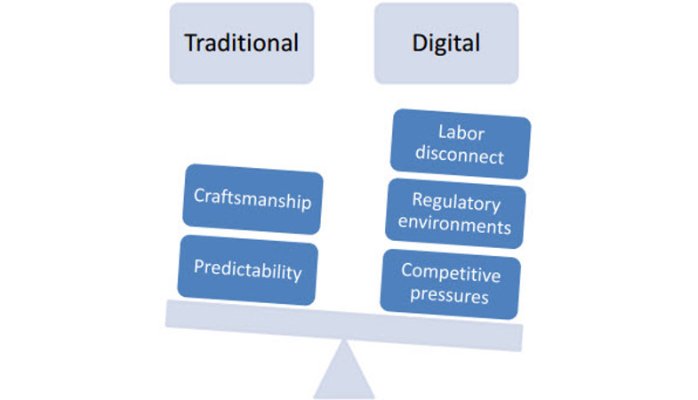
From the report, "It is not unreasonable, based on the current applications for dental 3D printing and 3D print technology, to expect that over 60 percent of all dental restorations, models, and care components will be created by a 3D printer within ten years. "
The report indicates that the industry will grow from $1 billion dollars in 2014 to $4 billion in four years (2020), with the majority of growth in the service and outsourcing sectors. They also note that total sales of 3D printing systems to dental labs or professionals, which is currently at $240 million, will double by 2020.
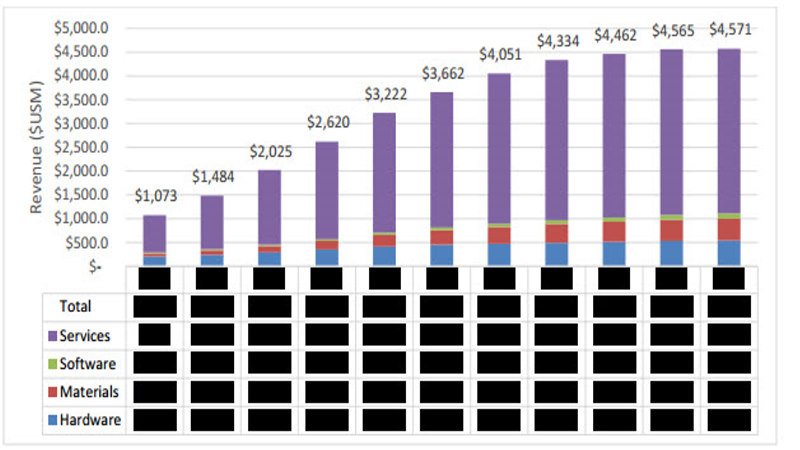
Link to report summary: https://www.smartechpublishing.com/reports/3d-printing-in-dentistry-2015-a-ten-year-opportunity-forecast-and-analysis
